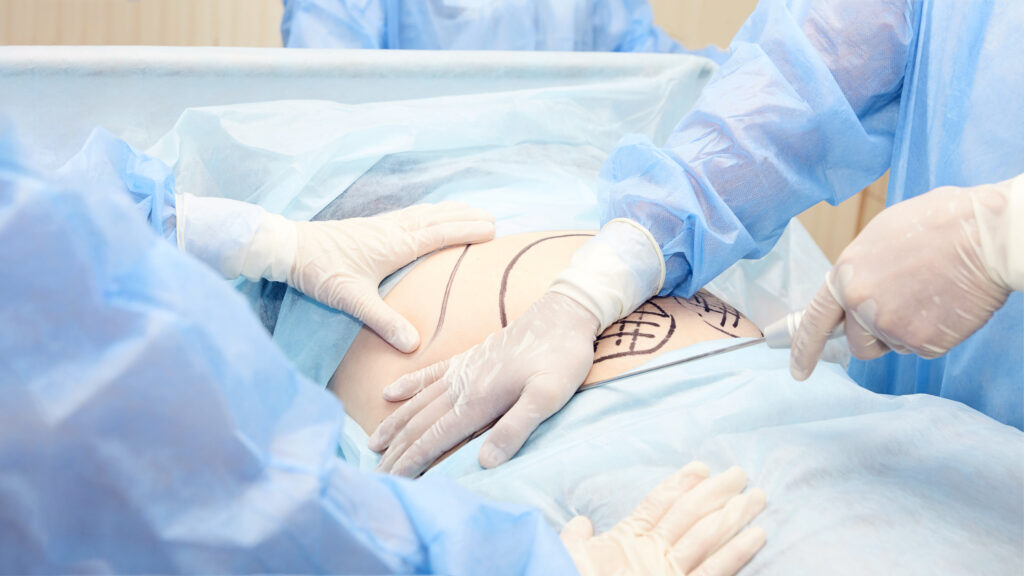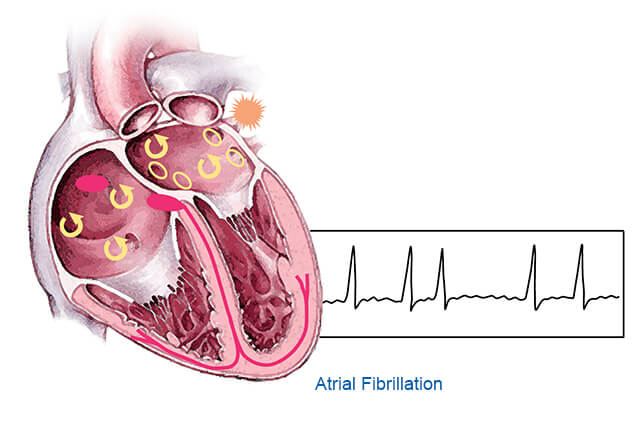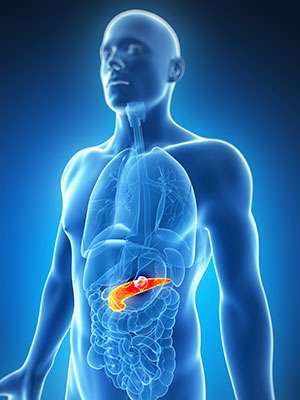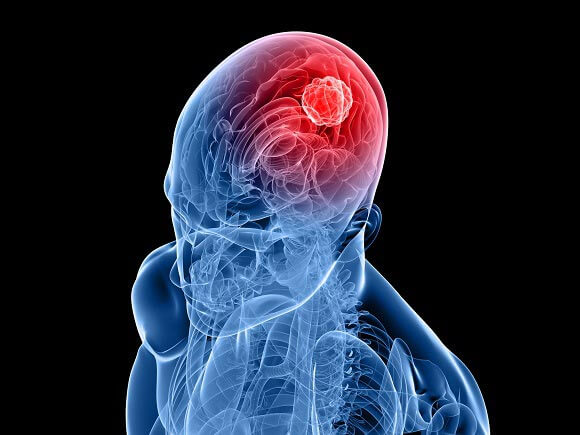
Liposuction is a cosmetic procedure that removes unwanted pockets of fat from specific areas of the body. It is not a weight loss treatment and does not remove cellulite, dimples, or stretch marks.
A small area of the body is infiltrated with a "wetting solution" -- usually saline mixed with lidocaine and epinephrine -- before the liposuction begins to minimize pain, reduce blood loss, and make fat easier to suction.
1. Tumescent Liposuction
Many people seek liposuction for the purpose of slimming and toning areas like love handles, muffin tops, bra rolls and double chins that are resistant to diet and exercise. Liposuction removes fat cells from specific areas and does not change long-term body weight, but it will still be necessary to maintain a healthy lifestyle to keep the results looking natural.
Tumescent liposuction is a procedure that uses dilute lidocaine to infiltrate targeted fat compartments. Then, your dermatologist inserts a thin hollow tube to suction out the anesthetic-drenched fat cells.
You will probably experience some swelling, bruising and numbness after the treatment. These effects typically fade within a few weeks as the area heals. You may need sedation or general anesthesia for this treatment. However, the recovery is much shorter than traditional liposuction and it allows for more precise fat removal and tightening of skin.
2. Ultrasound-Assisted Liposuction
Ultrasound-assisted liposuction uses sound waves to break up fat cells and liquefy them before suctioning them out of the body. This procedure can target hard-to-reach areas like the thighs and abdomen, allowing you to achieve a more toned physique and enhance body contours.
Dr. Nathan creates tiny incisions, which resemble punctures, and inserts a thin ultrasound probe into each one to perform the treatment. These access points help reduce surgical trauma and allow the liquified fat to be easily removed.
Ultrasound-assisted liposculpture, also known as UAL, is safe for most patients. However, it is not recommended for those at an unhealthy weight, certain medical conditions, or skin laxity. Because fat cells that are eliminated through this procedure cannot regrow, patients can maintain their slimmer appearance with a balanced diet and regular exercise.
3. Laser-Assisted Liposuction
Ideal candidates for laser lipo will be at or close to their ideal body weight. The procedure is designed to remove small deposits of excess fat and tighten the skin for precise body sculpting results.
Once the area has been numb, the clinician inserts a thin tube into the site and uses the laser energy to liquefy the unwanted fat. The liquified fat is then suctioned away from the treatment area.
This is a great option for people with stubborn pockets of fat that don’t respond to diet and exercise. It is also effective for reshaping the stomach, hips, and arms as well as reducing a double chin. This is an excellent method for achieving a more attractive figure but should not be used as a solution for overall weight loss.
4. Radiofrequency-Assisted Liposuction
Radiofrequency energy heats fat cells, liquefying them, so that your body can naturally remove the debris over time. It also stimulates collagen production, tightening skin for a smoother appearance.
RFAL has gained popularity as a method to simultaneously ablate subcutaneous fat and contract the tissue. This augmentation of the plastic surgeon’s armamentarium broadens the options for patients with specific skin laxity who are not suitable candidates for excisional surgery but not yet appropriate for non-invasive esthetic modalities.
During this treatment, the medical professional makes a tiny opening in the skin and inserts a wire probe. The electrode emits bursts of RF energy to melt and break apart fat tissue, which can then be suctioned out through the cannula. The heat from the RF energy also helps seal off tiny blood vessels for reduced bleeding and swelling.
5. Ultrasound-Assisted Lipolysis
With this technique, doctors use sound waves to break up and liquefy fat, making it easier to remove. This also tightens skin, producing smoother contours. Unlike the tumescent liposuction procedure, UAL causes minimal trauma to surrounding tissues, resulting in reduced risk and faster recovery times.
During the procedure, a surgeon will insert a thin tube called a cannula through tiny incisions in the treatment area. The cannula is attached to a vacuum pressure unit, and the surgeon can direct it to where excess fat has built up.
The liquefied fat cells are then suctioned away from the body, leaving the rest of the body’s tissue intact. This type of liposuction is a good option for people who have pockets of fat that will not respond to diet and exercise.




